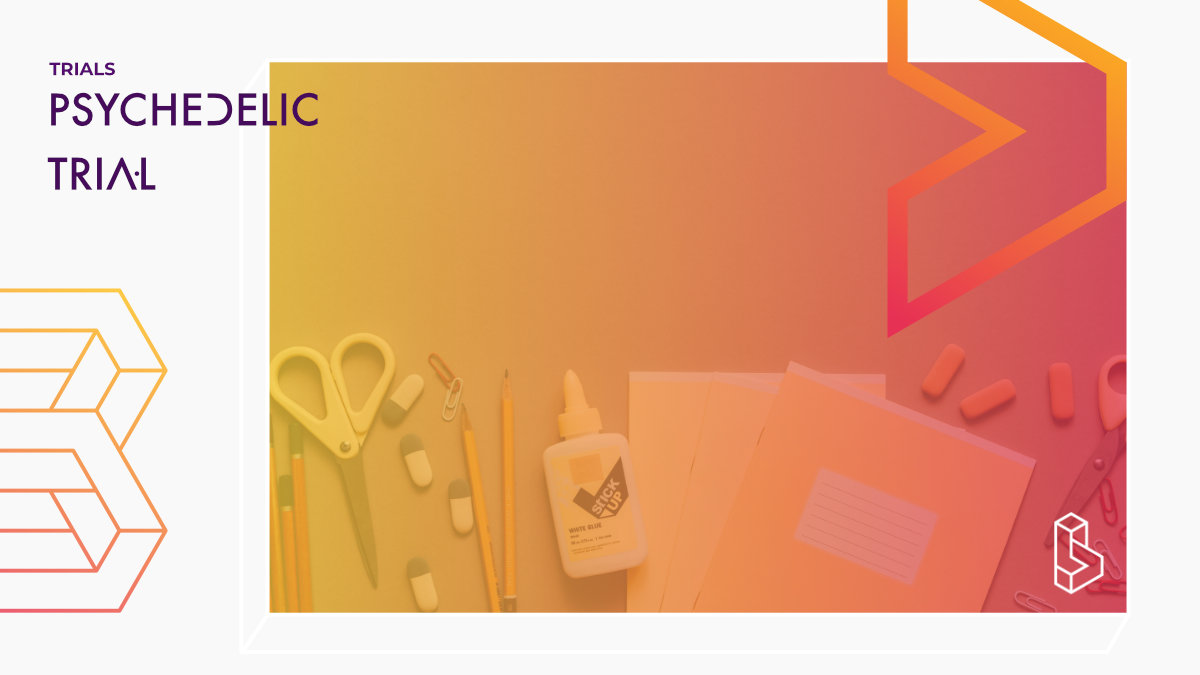The purpose of this study is to examine whether neural-derived exosomal miRNAs are differentially expressed that are specific to suicidal ideation or behavior, and which by affecting specific miRNA targets and pathways, are associated with suicidal behavior and response to ketamine.
The following groups of subjects will be examined: 1) major depressive disorder (MDD) with a recent suicide attempt (in past 2 weeks), 2) MDD with serious ideation (in the past 7 days) without recent suicide attempt (in the past 6 months), 3) MDD without clinically significant suicidal ideation (in the past 7 days) or recent suicide attempt (in the past 6 months), and 4) healthy controls. Both suicidal and non-suicidal MDD will be given ketamine (0.5 mg/kg, IV) and blood will be drawn at predose, 30 min, 180 min, 24 hours, and 14 days post-infusion to measure changes in miRNAs.
Trial Details
Neural miRNAs are responsive to environmental, synaptic, and pathological changes and can be actively secreted by cells such as exosomes from brain into blood. These exosomes bear cell-type specific surface markers. Using a neural specific surface marker, the investigators successfully isolated neural-derived exosomes and found that these exosomes are enriched with miRNAs/mRNAs that are expressed in brain. Using this novel approach the investigators aim to examine whether neural derived exosomal miRNAs are differentially expressed that are specific to suicidal ideation or behavior, and which by affecting specific mRNA targets and pathways, are associated with suicidal behavior and response to ketamine. The following groups of subjects will be examined: 1) major depressive disorder (MDD) with a recent suicide attempt (in past 2 weeks), 2) MDD with serious ideation (in the past 7 days) without recent suicide attempt (in the past 6 months), 3) MDD without clinically significant suicidal ideation (in the past 7 days) or suicide attempt in the past 6 months, and 4) healthy controls. Both suicidal and non-suicidal MDD will be given ketamine (0.5 mg/kg, IV) and blood will be drawn at pre-infusion, 30 minutes and 180 minutes post-infusion to measure changes in miRNAs. Healthy controls will have a one-time blood draw. The investigators also propose a parallel human postmortem brain study to examine whether changes in miRNAs in suicidality correspond to miRNA changes in brain by comparing dlPFC and hippocampus from MDD suicide, MDD non-suicide, and control subjects. With this the investigators attempt to discover 1) whether suicidal ideation or behavior is associated with differences in the expression of specific miRNAs, 2) whether anti-suicidal/antidepressant effects of ketamine is associated with miRNAs changes, and 3) whether miRNA/mRNA-regulatory pathways contribute to suicide pathogenesis and treatment response. Our study will provide a novel avenue for the development of miRNAs as ''molecular tool'' to identify suicidality and treatment response and in generating target based therapies to treat this devastating disorder.NCT Number NCT02418195
Sponsors & Collaborators
University of ArizonaDr Franscio Moreno at the University of Arizona has been exploring the potential of psychedelic's to treat OCD.
Measures Used
Montgomery-Asberg Depression Rating ScaleA ten-item diagnostic questionnaire used to measure the severity of depressive symptoms in patients with mood disorders.
Beck Depression Inventory
The Beck Depression Inventory (BDI) contains 21 self-report items, completed using a multiple-choice format. Scores range from 0-63 with higher scores associated with more severe depression.
Clinical-Administered Dissociative Symptoms Scale
The Clinical-Administered Dissociative Symptoms Scale (CADSS) is a scale used to measure dissociative states such as those induced by ketamine.
Young Mania Rating Scale
The Young Mania Rating Scale (YMRS) is used to evaluate manic symptoms at baseline and over time. The scale consists of 11 items covering the core symptoms of the manic phase of bipolar disorder: mood, motor activity, interest in sex, sleep, irritability, speech, flight of ideas, grandiosity, aggressive behaviour, appearance, and an item regarding patient insight. Each item is given a severity rating, with a higher rating indicating more severe symptoms. Responses are the patient's subjective report of their clinical condition over the previous 48 hours.

